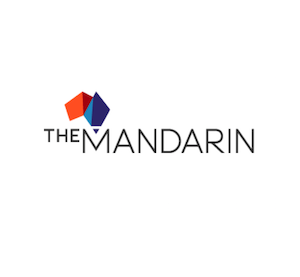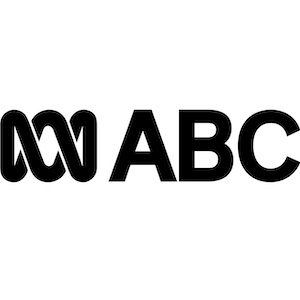As far as referenda go, I think there’s general agreement on this: to ask Australians to consider, at the same referendum, two questions — one on Indigenous voice, and the other on a republic — is too big an ask.
Nevertheless, we could do what the Irish did in 2012. Ireland held a Citizens’ Constitutional Convention to prioritise its referenda questions, after which separate citizens’ assemblies were convened to consider those questions in detail. Ireland’s first citizens’ assembly, following the Convention, was on marriage equality. The second assembly was on abortion reform. Subsequently, a referendum on marriage equality was conducted in 2015, and a referendum on abortion rights in 2018.
The lesson for Australia is that we could also do this as a means of studying the questions comprehensively prior to any referendum. It would be good to see both of Australia’s questions resolved, but I admit to a specific connection with the push for a republic. In 1991, the Australian Republican Movement was launched at Sydney’s Regent Hotel (now the Four Seasons) in the Rocks, where my father signed up with the other 13 founding members. So, I’ve done a little more thinking around that topic, and here, below, outline an alternative republic model. But I don’t stop there. What I think we really need is an alternative constitutional forum.
Let me first discuss a republic. Last week, the ARM’s proposed a model in which 11 presidential nominees, chosen by state and federal parliaments, would go to a popular vote. Both Paul Keating and Tony Abbott, among others, came out criticising the model, arguing that a popularly elected president would potentially undermine the prime minister’s status and authority. Malcolm Turnbull also supports the parliamentary appointment model, but also says that “a directly elected president can work”, with constitutional limits to the president’s powers. The catch-22 appears to be: how is it possible to have a president chosen by the people without a popular vote?
Here’s an alternative model, using a democratic lottery. Picture, say, 100 Australians selected by-lot, tasked with agreeing three-to-five nominees, from whom the parliament would select the president. This group of 100 people would be an equal split by gender and proportionate by age, levels of income and education — as in a jury but bigger. The lottery would create a mini-Australia — something our parliaments can’t do, as elections tend to throw up ‘A’ type personalities, whilst a citizens’ assembly brings together every type.
In summary, this model avoids having a president with a ‘popular’ mandate yet still has a president selected by the people, albeit a microcosm of them. If we accept that representatives in parliaments can make decisions on our behalf, why not this, more representative?
Of course, this hybrid model is only one of many. We’ve spent decades debating models for a republic, and I think what we need now is a better forum that leads to a better model. In 1998, the forum came about after a non-compulsory national postal vote to select half of the 152 delegates. The other half of the delegates were appointed. Many of the delegates ended up on opposing tickets — republicans vs monarchists, so that, whatever the good intentions, the conference was vexed by the inherent factionalism. At the end, the proposed model – two-thirds’ parliament vote to select the president — may still be an appropriate model, but I think it’s fair to say that the forum itself didn’t engender a high level of trust and confidence from the broader public.
By comparison, in 2012 in Ireland, 99 delegates were convened, the majority of whom – 66 — were selected by lottery. In this way, the forum started by being at least more collaborative and deliberative.
In Australia, for our next Convention, we could have, say, 100 chosen by lottery and 30 appointed. The task would be to agree on the questions and the order in which they be put to a referendum. The Voice and the Republic would probably be at the top of the agenda. Following the convention, each question would be thrashed out in a separate citizens’ assembly. Let’s learn from the Irish: two controversial issues were ultimately resolved in two successful referenda.



